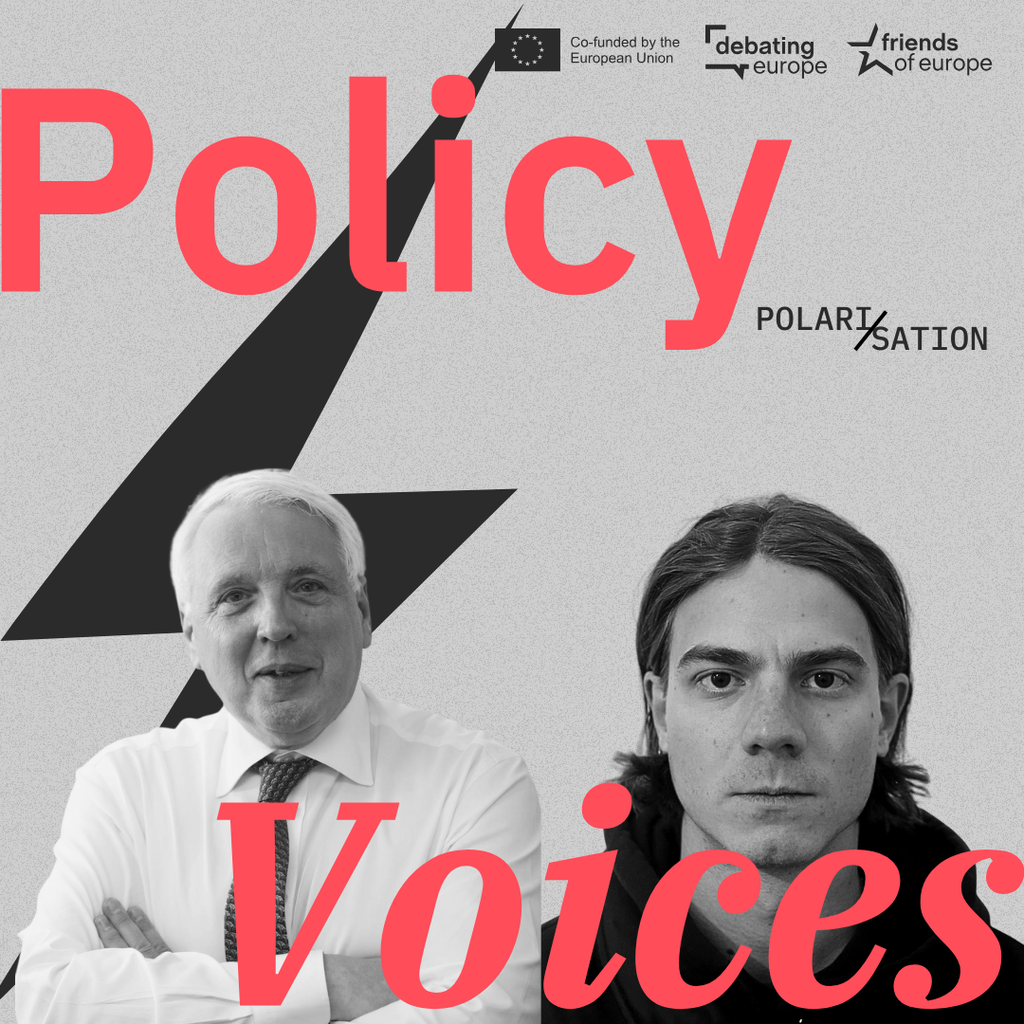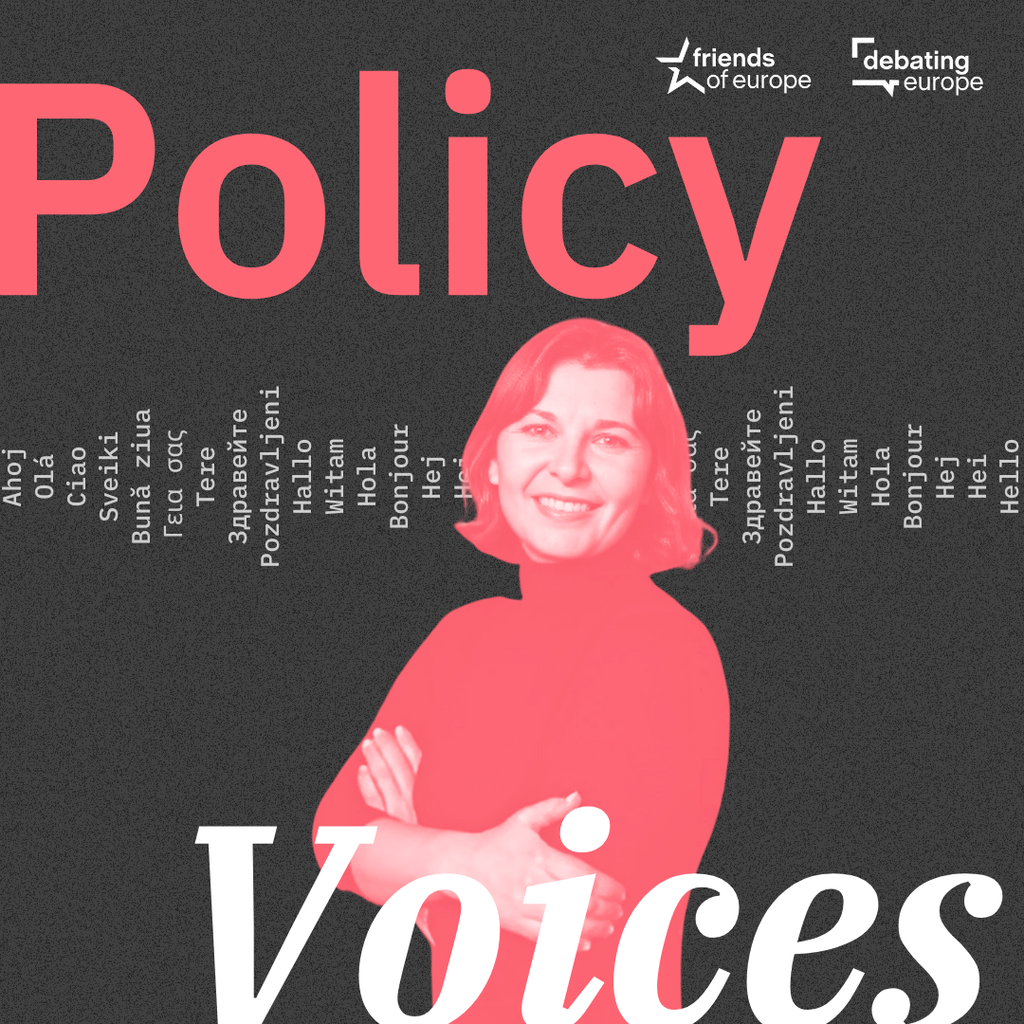From ambition to action: building Europe’s Defence Union
Past event In person

- Area of Expertise
- Peace, Security & Defence
Peace, Security & Defence

At its summit in Wales last September, NATO responded to the Ukraine crisis with new defence spending commitments to meet capability shortfalls. To be precise, NATO leaders promised to halt any decline in defence spending and to instead increase it in real terms as GDP grows, aiming towards spending 2% of GDP on defence within a decade. The words sounded good and indicated that European leaders believed they were facing a fundamentally changed security environment. In large measure, however, according to a preliminary analysis by the European Leadership Network of 2015 defence spending plans in 14 European states, our leaders have failed to deliver on their promises.
Despite the stated willingness of Germany to increase its defence spending in 2016, and notable increases in Poland and the Netherlands this year, the ELN analysis shows that only one country examined, Estonia, will spend 2% of GDP on defence in 2015. Four countries will actually cut their defence budget this year. As well as Italy and Bulgaria, this includes two of NATO’s largest European spenders on defence, the UK and Germany. France, the other of NATO Europe’s ‘big three’, is on course for a flat defence budget compared to 2014.
NATO and the European Union need to think hard about how they can work together more effectively
This rhetorical commitment to defence but lack of willingness to follow it through damages the credibility of NATO and leaves Europe ever more reliant on the United States for its security. The transatlantic alliance is now facing the greatest burden-sharing crisis of its history, with the U.S. representing around 75% of all defence spending in NATO.
If the confrontation with Russia over Ukraine lasts for years, and if the instability to Europe’s south does likewise, which any cursory examination of the Middle East and North Africa suggests it’s bound to, then Europe is looking at a lengthy period in which underinvestment in deployable defence capabilities becoming increasingly evident and problematic.
On the face of it, the Ukraine crisis ought to have given a boost to European defence collaboration. Over the past 12 months, NATO leaders have often described the crisis, and Russia’s behaviour in Ukraine, as a game-changer. And since no European country has the money to look after all of its defence needs by acting alone, the logic to pursue more collaboration was compelling.
But the idea of European defence collaboration, or ‘Smart Defence’ in the NATO context, has been around for a long time. It has delivered limited results for several very good reasons: the political and electoral significance of national defence industries in many countries; concerns over the possible loss of strategic skills and capabilities through pan-European industrial collaboration; fears that collaborative procurement often adds complexity, produces delays and additional costs; and political limitations that might be placed on the use of any capability built collaboratively.
Significant defence collaboration at European level also means perhaps closing some defence companies and merging others. It means some jobs being lost and some being relocated. If leaders couldn’t deliver alternative jobs and futures for workers when the money was there, why would they suddenly be able to now when times are hard?
None of these profound challenges for the very concept of defence collaboration are going away any time soon. They are also incidentally the reasons why recent suggestions of a European Army should not be taken seriously. That idea has always been flawed because it seems to assume that creating the institution will in itself be enough to overcome all the barriers to collaboration. It will not.
The transatlantic alliance is now facing the greatest burden-sharing crisis of its history
While the effort to increase collaboration should of course continue, it would seem sensible to look elsewhere for new ways forward, both on defence and on how to resolve to the crisis in Russia-West relations. In particular, perhaps it is time for NATO countries to spend less time thinking about the overall level of defence spending and a 2% target that may never be met, and focus more on what national defence budgets actually buy. The shift needs to be away from spending vast amounts on salaries and pensions towards purchasing equipment and genuinely deployable capabilities.
The United States might see a better contribution to defence from its allies if it suggested a trade-off between commitments to buy certain kinds of deployable equipment in return for agreeing to reduce the overall spending target to 1.5% of GDP for NATO members. Far from undermining European defence, as some spending hawks would argue, Europe would be in a better position to deter Russia and reassure allies closest to the Russian border.
Even this can only ever be a part of the solution. It should be remembered that Russia has practiced hybrid warfare in Ukraine, involving propaganda, cyber-attacks and the deployment of small numbers of paramilitary personnel wearing no insignia. At times, according to NATO intelligence sources, it has clearly gone further, with the deployment of Russian army units directly into Ukraine. In preparation for future hybrid incursions, European states need to think just as much about how to respond to these new elements of conflict as they do about traditional defence, and NATO and the European Union need to think hard about how they can work together more effectively, since some of the necessary response will be of a non-military kind.
European leaders should also continue to pursue a diplomatic track, both in trying to get the MINSK II agreement fully implemented in Ukraine and in exploring ways to manage and de-escalate the crisis with Russia. There is, of course, no silver bullet, but a balanced approach is the one most likely to bring results.
Past event In person

Next event

Past event Online

Past event Online





Stay informed
We use cookies and similar technologies to adjust your preferences, analyze traffic and measure the effectiveness of our campaigns. Learn more about our privacy policy.